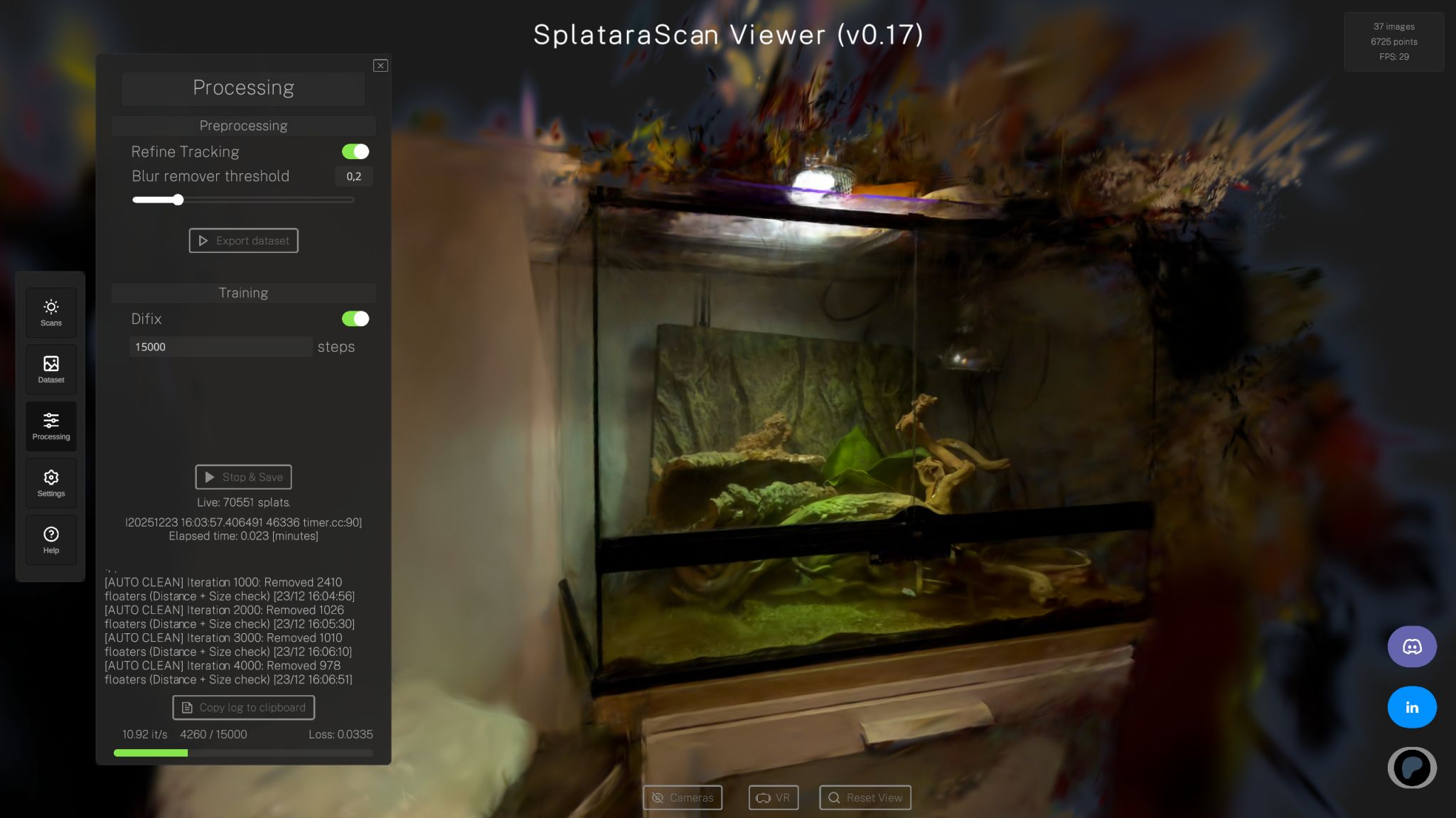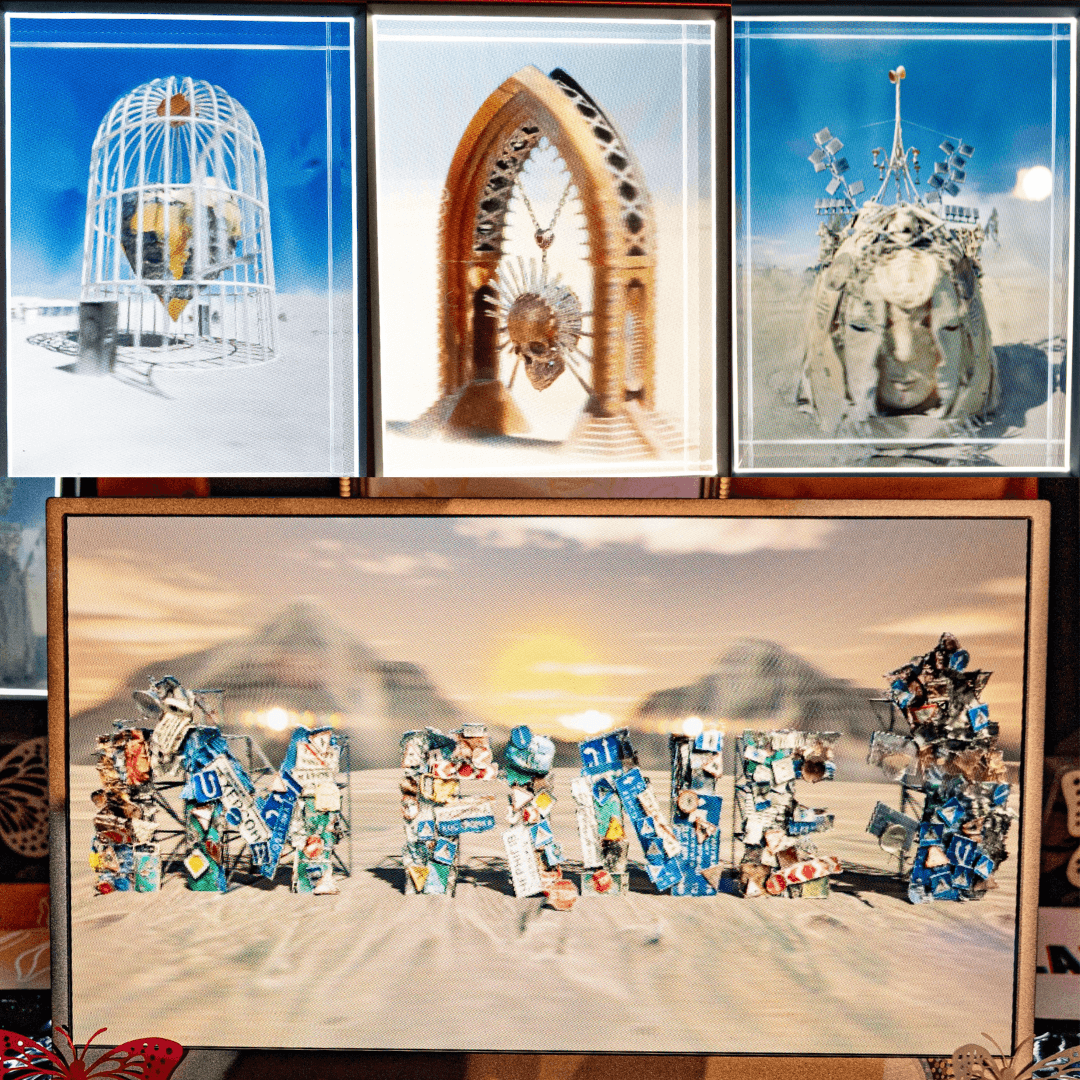
Michael Rubloff
Aug 19, 2024
Back in February, we took a dive into the free Gaussian Splatting VR implementation, specifically for the Vision Pro, known as MetalSplatter. Now, for the first time since then, the developer behind MetalSplatter has returned with a major update: MetalSplatter 1.0.
If you’re new to Radiance Fields and Gaussian Splatting but have access to a Vision Pro, this update offers a fantastic introduction to the world of hyper real 3D.
One of the standout new features is a gallery where users can explore community captures. You might even recognize some of the captures by Michael Rubloff—his work is truly exceptional ;). Although the gallery currently features just a few captures, you can have your own work showcased by simply reaching out to the MetalSplatter team!
Among the other exciting improvements, the team has revisited how depth is computed, significantly reducing the tearing or unsteady effects when moving through a capture—even in larger scenes!


For those curious about the technical details, MetalSplatter now utilizes a multi-stage shader pipeline that leverages tile memory to composite depth from multiple splats. It blends depth based on a splat’s alpha, effectively reducing the temporal artifacts associated with the Vision Pro’s frame reprojection.
There are also several behind-the-scenes enhancements, such as optimizing how quads are drawn by using a mix of instancing and indexing rather than pure instancing. These changes have positively impacted performance. Additionally, the update includes small tweaks like drawing more of the low-alpha splat edges to better match the training-time renderer. Outside the app, the OSS library has also seen updates, including the ability to write splat PLY and .splat files. Community contributions, such as the radius change and indexing performance improvements, have slowly increased as well, which is very encouraging!
MetalSplatter can be downloaded from the Apple App Store, but the splat renderer is also MIT Licensed and people can make contributions to the repository here!







